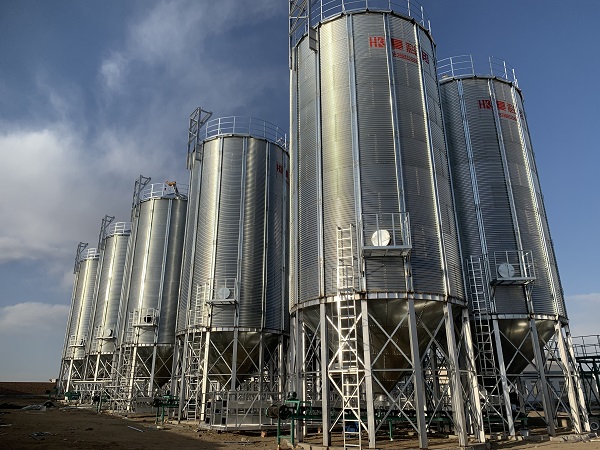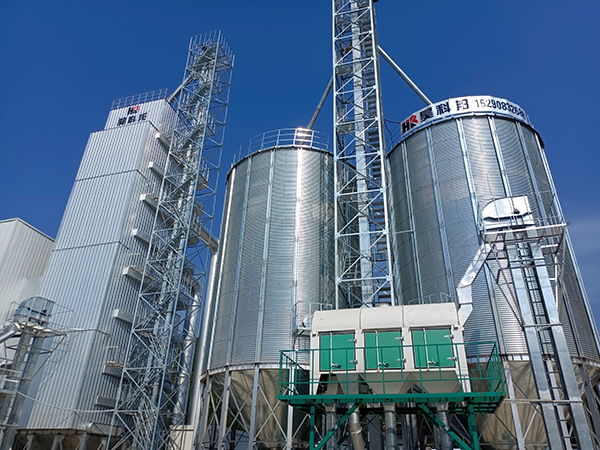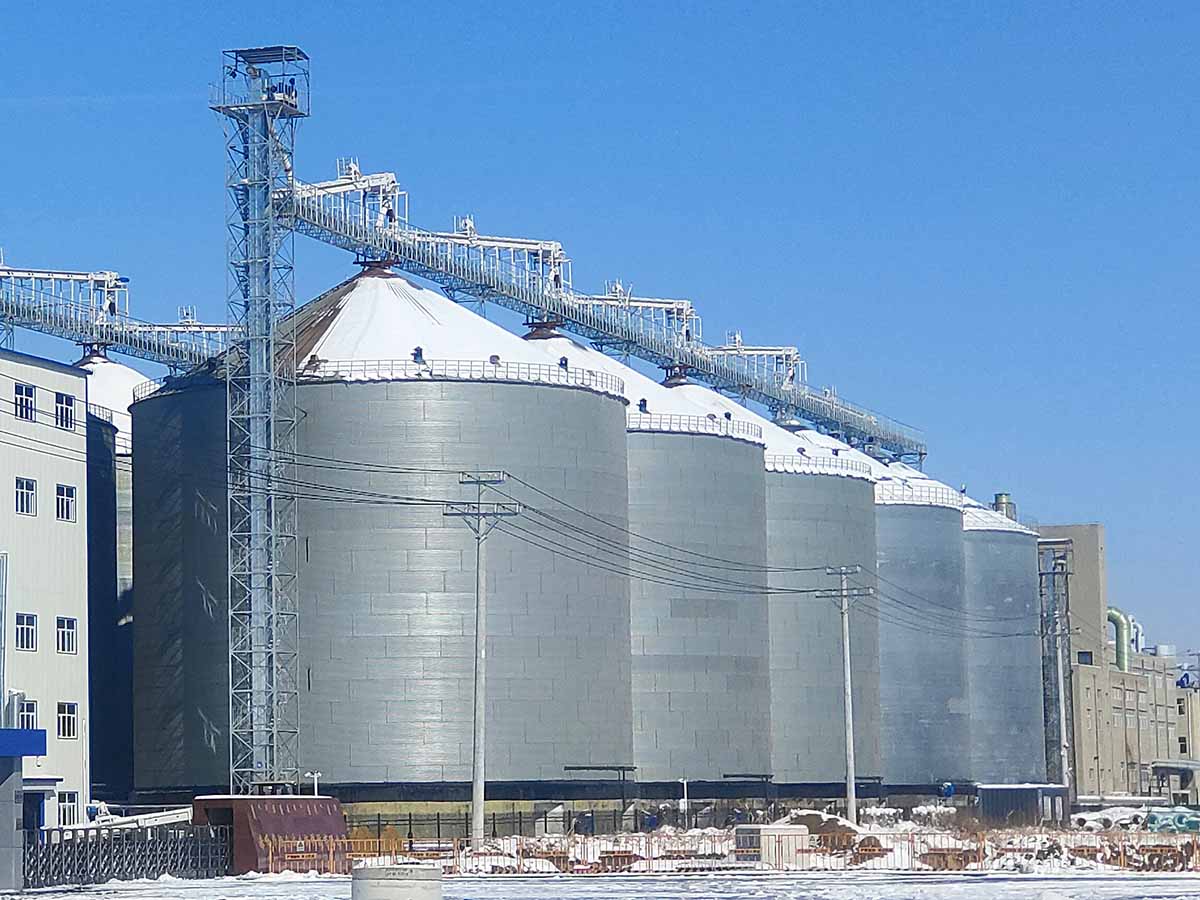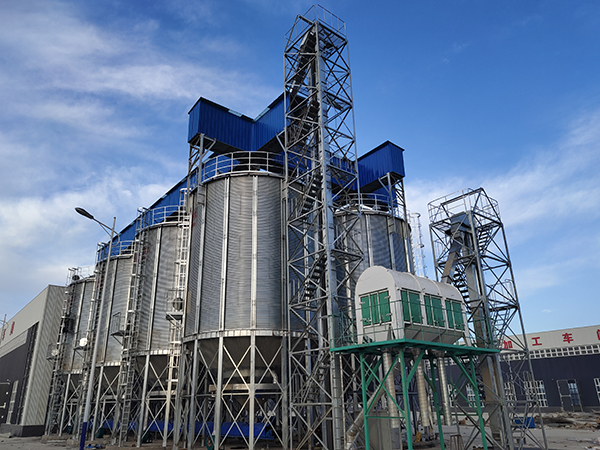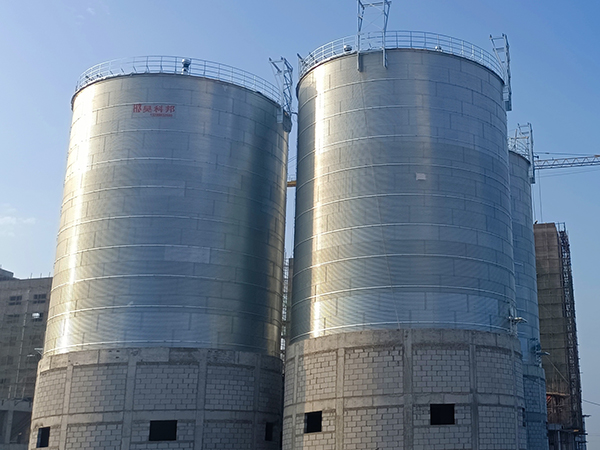sheep feed silo
sheep feed silo is typically a storage facility used for storing sheep feed. These silos are usually cylindrical in shape, made of metal or plastic, and have a large capacity
sheep feed silo Introduction
“A sheep feed silo is typically a storage facility used for storing sheep feed. These silos are usually cylindrical in shape, made of metal or plastic, and have a large capacity to hold a significant amount of feed. They are often designed to be sealed or semi-sealed to maintain the freshness and quality of the feed while preventing pests and moisture from entering. They are commonly used on farms or ranches to provide sheep with measured and high-quality feed, ensuring they receive adequate nutrition.”
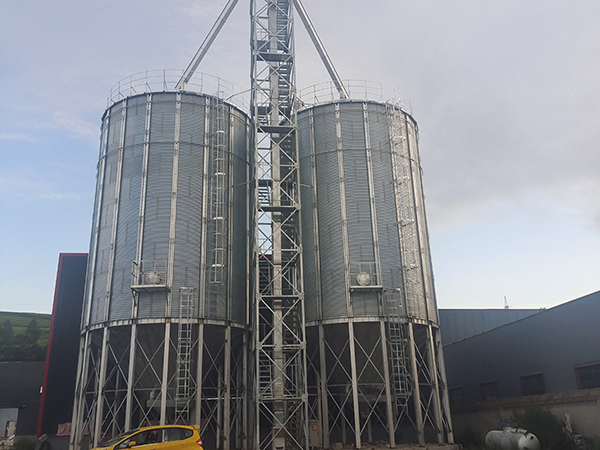
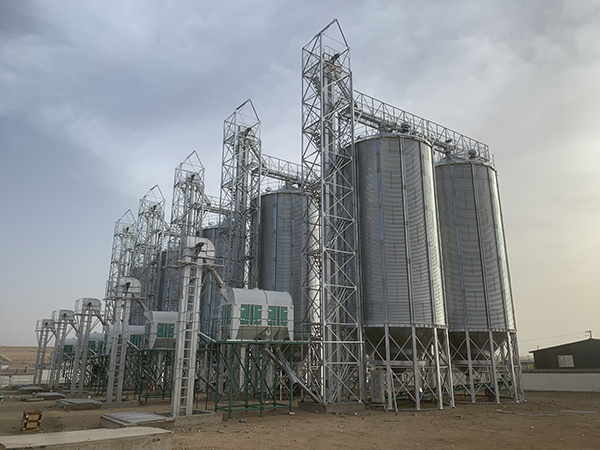
Features of Sheep Feed Silo
Large capacity
Silos typically have a large capacity to store a significant amount of feed to meet the needs of the sheep herd.
Sealing
Silos are usually designed to be sealed or semi-sealed to maintain the freshness and quality of the feed and prevent pests and moisture from entering.
Durability
Constructed from durable materials such as metal or plastic, silos are resistant to corrosion and can withstand long-term use.
Convenient feeding
Silos are often equipped with feeding ports or conveyor systems for easy access to feed by farmers or livestock keepers while ensuring uniform distribution.
Cost-effectiveness
By storing feed in silos, feed supply can be effectively managed, reducing waste and improving economic efficiency.
High space utilization
Silos are typically vertical structures that can be stacked, maximizing storage space utilization on farms or ranches.
Easy to clean and maintain
Silo design often considers ease of cleaning and maintenance to ensure feed quality and hygiene.
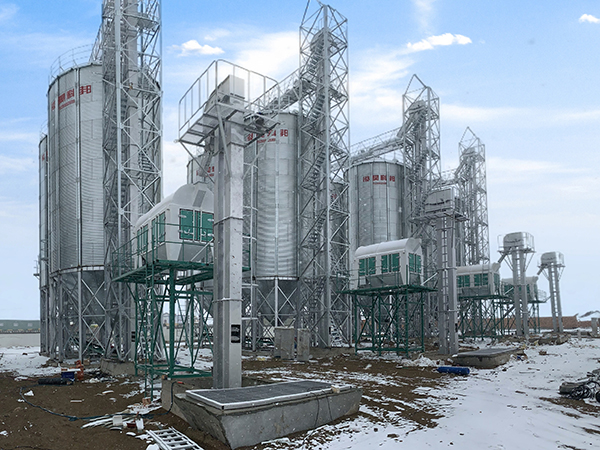
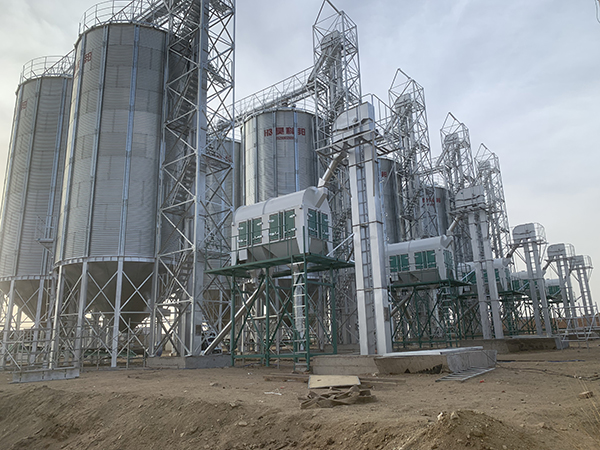
Sheep feed silo structure
Silo body
The silo body is the main part for storing feed, typically cylindrical or conical in shape. It is made of durable materials such as metal (e.g., galvanized steel sheets) or plastic (e.g., polyethylene), providing sufficient strength and stability.
Top and bottom covers
Silos are usually equipped with top and bottom covers to seal the storage space and protect the feed from external influences. These covers often feature sealing devices to ensure the freshness and quality of the feed.
Conveying system
For convenient retrieval of feed, silos typically have conveying systems, including conveyor belts, screw conveyors, or other types of conveying devices. These systems transport feed from the bottom of the silo to the retrieval point for farmers or livestock keepers.
Retrieval point
The retrieval point is where feed is taken out from the silo. It is usually located at the bottom or side of the silo and equipped with valves or other control devices to regulate the flow of feed.
Support structure
To support the weight of the silo and maintain stability, support structures such as pillars or frames are often installed around or at the bottom of the silo.
These components together form the complete structure of a sheep feed silo, ensuring the safe storage and efficient management of feed.


Advantages of Sheep Feed Silo
Efficient storage
Sheep feed silo can effectively store large quantities of feed, enabling farmers to provide sufficient food to their flocks as needed, ensuring their growth and health.
Freshness preservation
Silos are designed to be sealed or semi-sealed, effectively preserving the freshness and quality of the feed, reducing spoilage and losses, and ensuring that the flock receives high-quality food.
Convenient access to feed
Silos are typically equipped with conveying systems or retrieval points, allowing farmers or livestock keepers to conveniently access the feed, reducing labor intensity and time costs.
High space utilization
As silos are usually vertical structures that can be stacked, they save storage space, maximizing the utilization of space on farms or ranches.
Economic savings
By effectively managing feed supply and reducing waste, sheep feed silos can improve economic efficiency and lower livestock production costs.
Pest and moisture resistance
The sealed or semi-sealed design effectively prevents pests and moisture from entering, protecting the feed from damage and contamination.
Durability
Sheep feed silo are typically made of durable materials, with good durability and corrosion resistance, ensuring long-term use without failure.
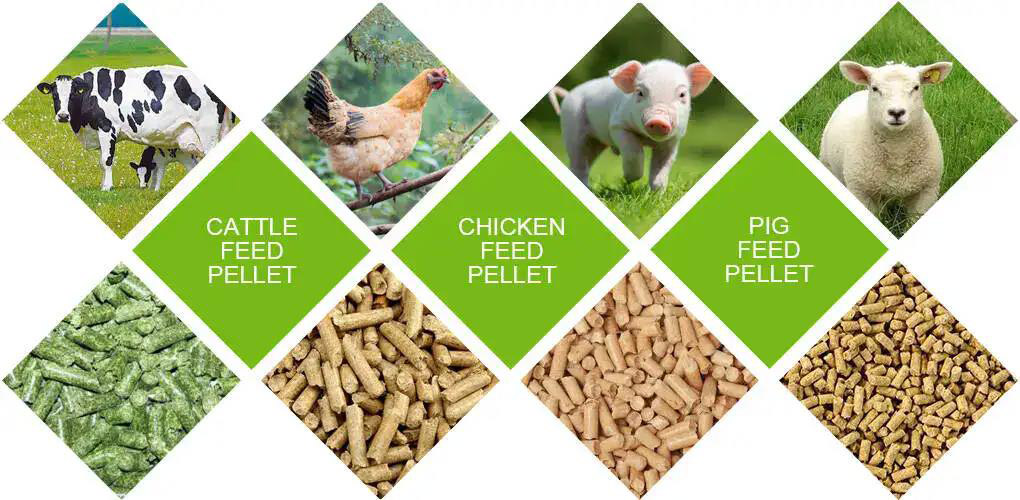
Sheep Feed Silo Applications
Farming and breeding
In farming and breeding operations, sheep feed silo are widely used to store sheep feed, providing the necessary nutrition for the sheep. Whether on small-scale family farms or large commercial breeding operations, sheep feed silos are utilized to manage feed supply.
Grazing fields
In grazing fields, sheep feed silos can serve as supply points, providing feed for grazing sheep. Grazing fields are typically situated in expansive grasslands, and the installation of sheep feed silos facilitates the provision of feed, ensuring that the sheep receive adequate nutrition during grazing periods.
Breeding demonstration bases
Breeding demonstration bases are often used to showcase best practices and technologies in breeding. As part of modern breeding equipment, sheep feed silos are frequently employed to demonstrate modernized breeding management, attracting more farmers to learn and adopt advanced breeding techniques.
Research and educational institutions
In the realms of research and education, sheep feed silos are utilized for research and educational purposes. Research institutions can conduct feed storage experiments and feed management studies using sheep feed silo, while educational institutions can introduce students to the knowledge and techniques of modernized breeding management through sheep feed silos.
Overall, sheep feed silo have significant application value in various breeding scenarios, improving feed management efficiency and ensuring the healthy growth of sheep.
Sheep feed silo technical parameters
Scientifically speaking, the Silo capacity should be measured with volume (m3). Even in the same grain Silo, the storage tons will be different for different grains with different densities. The following table is calculated based on a Silo density of 0.75kg/m3, and surely HKB customizes Silo systems unique for you.
| Most Popular Hopper Bottom Steel Silo Technical Specifications | ||||||||
| Capacity | 50Ton | 100Ton | 150Ton | 200Ton | 300Ton | 500Ton | 1000Ton | 1500Ton |
| Model | TCZK
03605 |
TCZK
04507 |
TCZK
05507 |
TCZK
06406 |
TCZK
07307 |
TCZK
07313 |
TCZK
11010 |
TCZK
12811 |
| Diameter(m) | 3.667 | 4.584 | 5.500 | 6.417 | 7.334 | 7.334 | 11.000 | 12.834 |
| Total Height(m) | 9.56 | 12.53 | 13.25 | 12.85 | 14.70 | 21.42 | 20.95 | 23.51 |
| Volume(m³)
Density:0.75ton/m³ |
69 | 150 | 222 | 273 | 415 | 699 | 1346 | 2039 |
| Most Popular Flat Bottom Steel Silo Technical Specifications | ||||||||
| Capacity | 1000Ton | 1500Ton | 2000Ton | 2500Ton | 3000Ton | 5000Ton | 8000Ton | 10000Ton |
| Model | TCK
10014 |
TCK
11915 |
TCK
13715 |
TCK
15514 |
TCK
15518 |
TCK
18321 |
TCK
24718 |
TCK
25621 |
| Diameter(m) | 10.084 | 11.918 | 13.750 | 15.584 | 15.584 | 18.334 | 24.751 | 25.668 |
| Total Height(m) | 18.69 | 20.34 | 20.87 | 20.30 | 24.78 | 28.60 | 26.99 | 30.60 |
| Volume(m³)
Density: 0.75ton/m³ |
1335 | 2009 | 2701 | 2467 | 4145 | 6693 | 10879 | 13484 |

